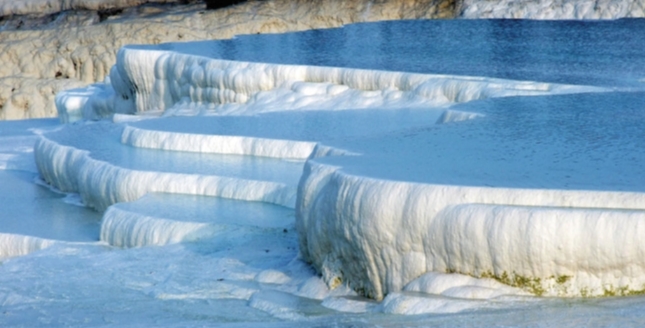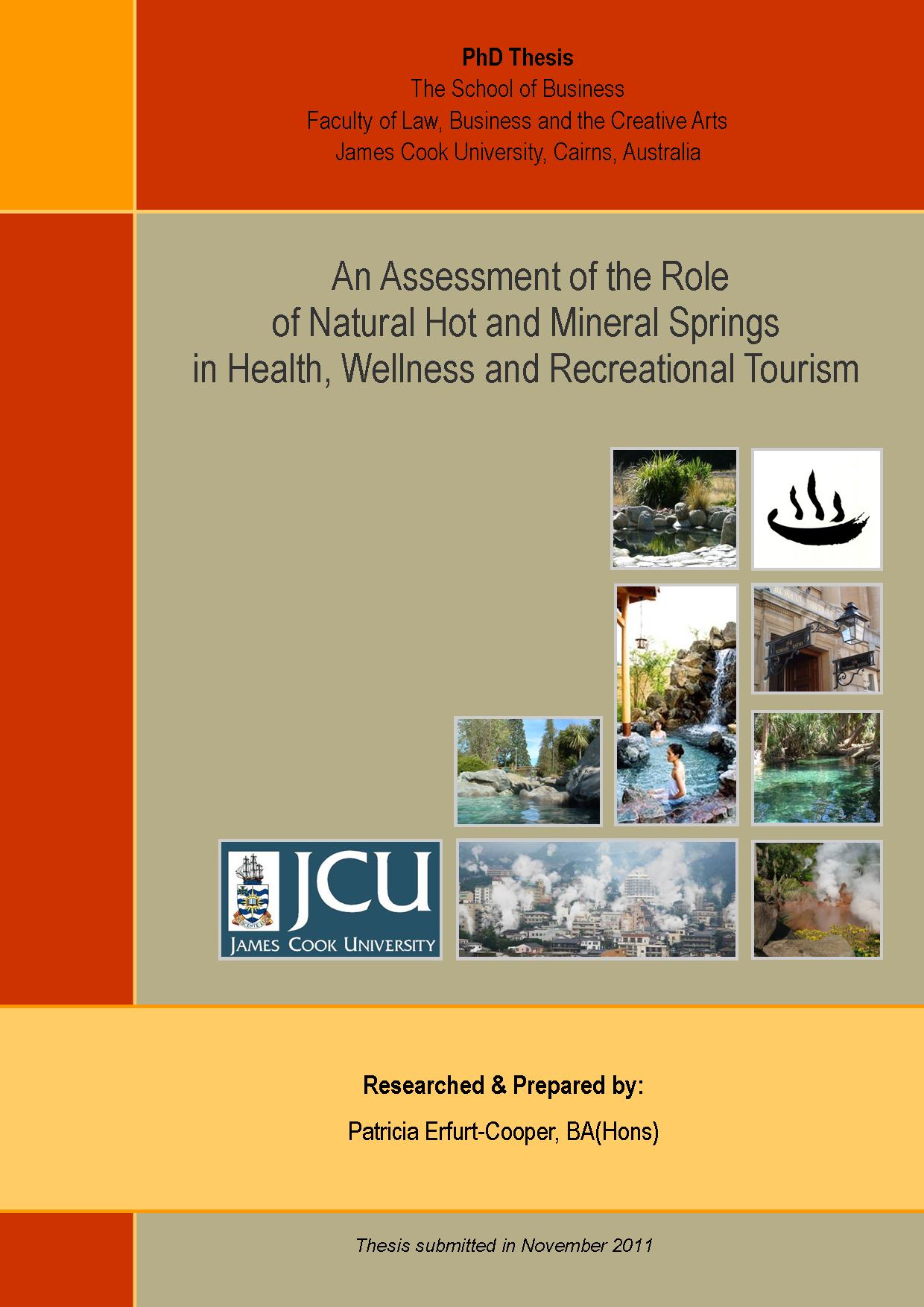Under Revision
Hot Springs
Hot springs are a remarkable natural resource. For thousands of years, they have played a significant role in a wide range of areas related to human society, including culture, history,
religion, and most specifically, human health, wellbeing, and recreation.
In addition, hot springs are also an essential resource for the renewable energy sector providing environmentally responsible solutions based on geothermal energy in many countries.
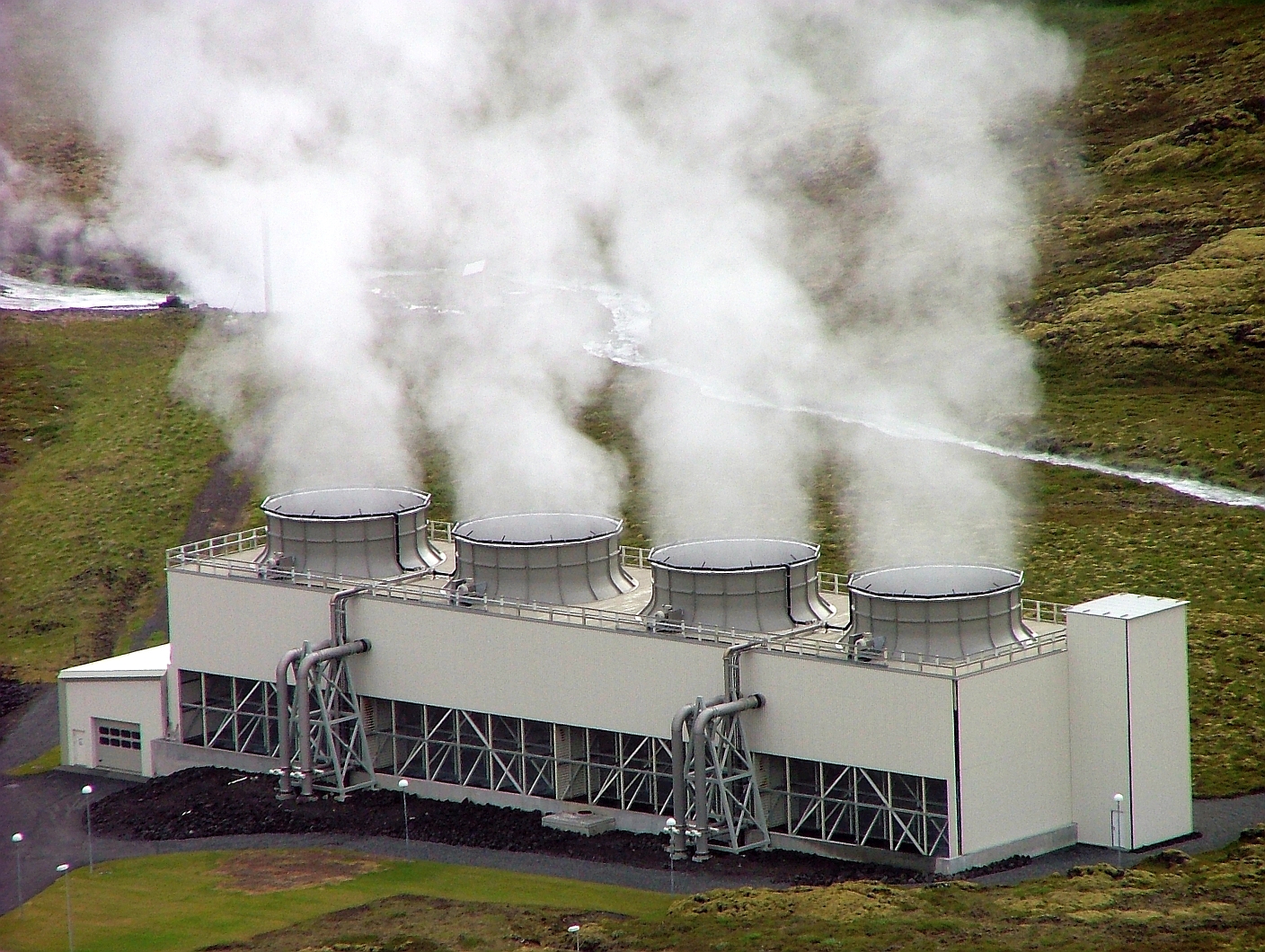
A significant point is the abundance of hot springs all over the world with only a few countries without direct access to this natural resource.
Based on their temperature, the correct term is hydrothermal spring, derived from the Greek language with hydros meaning water and thermos referring to heat. However, in reference to their subterranean origin, hot springs are more commonly referred to as geothermal springs or just thermal springs, whereby geo refers to the Earth.
The difference between geothermal and hydrothermal can be further clarified with hydrothermal as a subset of geothermal, whereas the term geothermal refers to all processes that transfer heat from the interior of the earth to the surface using water, either as a liquid or as steam.
Hydrothermal Features
Sulphur encrusted fumarole - New Zealand
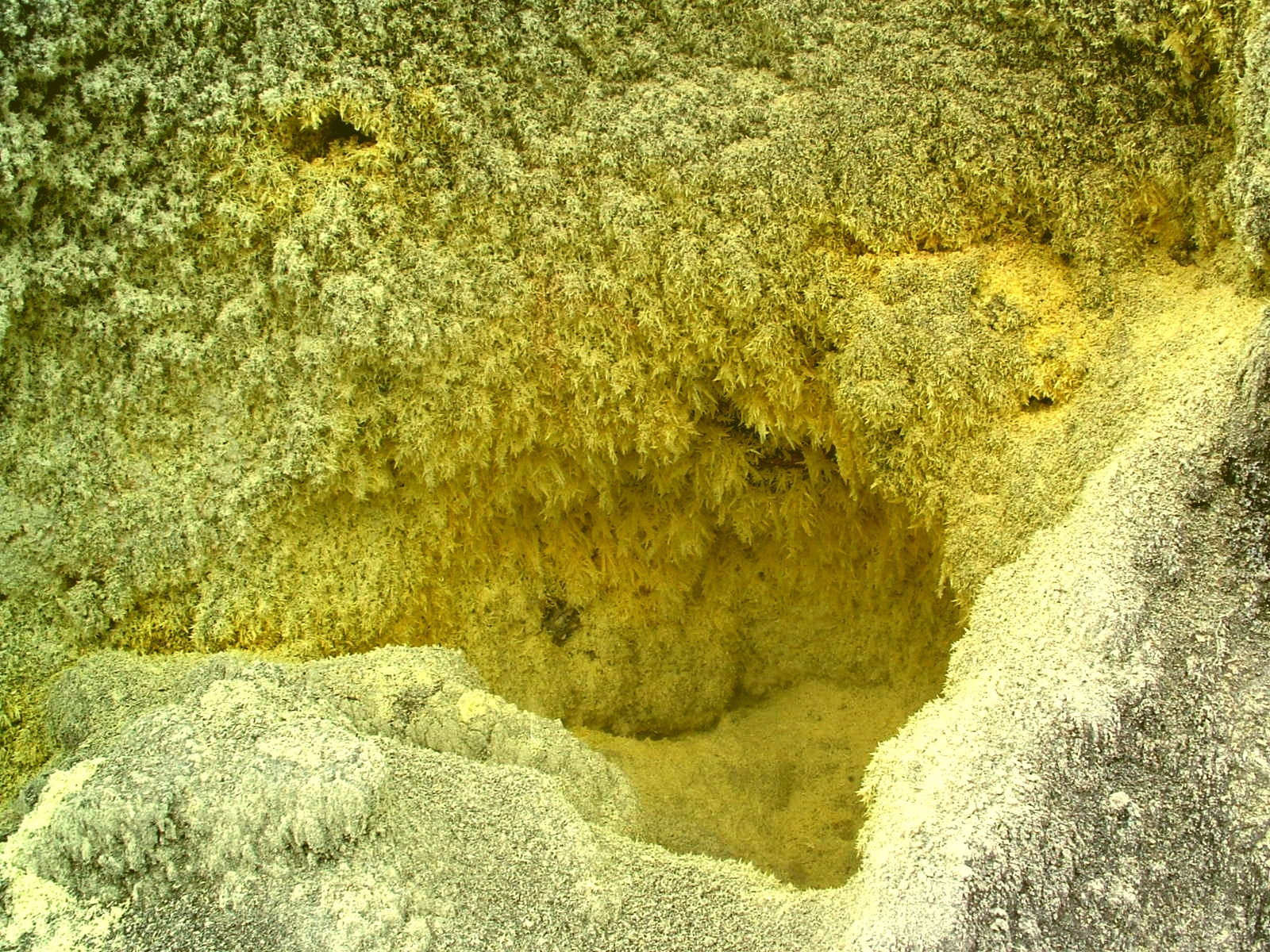
Mineral deposits at the Blue Lagoon - Iceland
 - cr - mod - SMALL.jpg?1692571807267)
The 'Geoheritage of Hot Springs' was published in May 2021
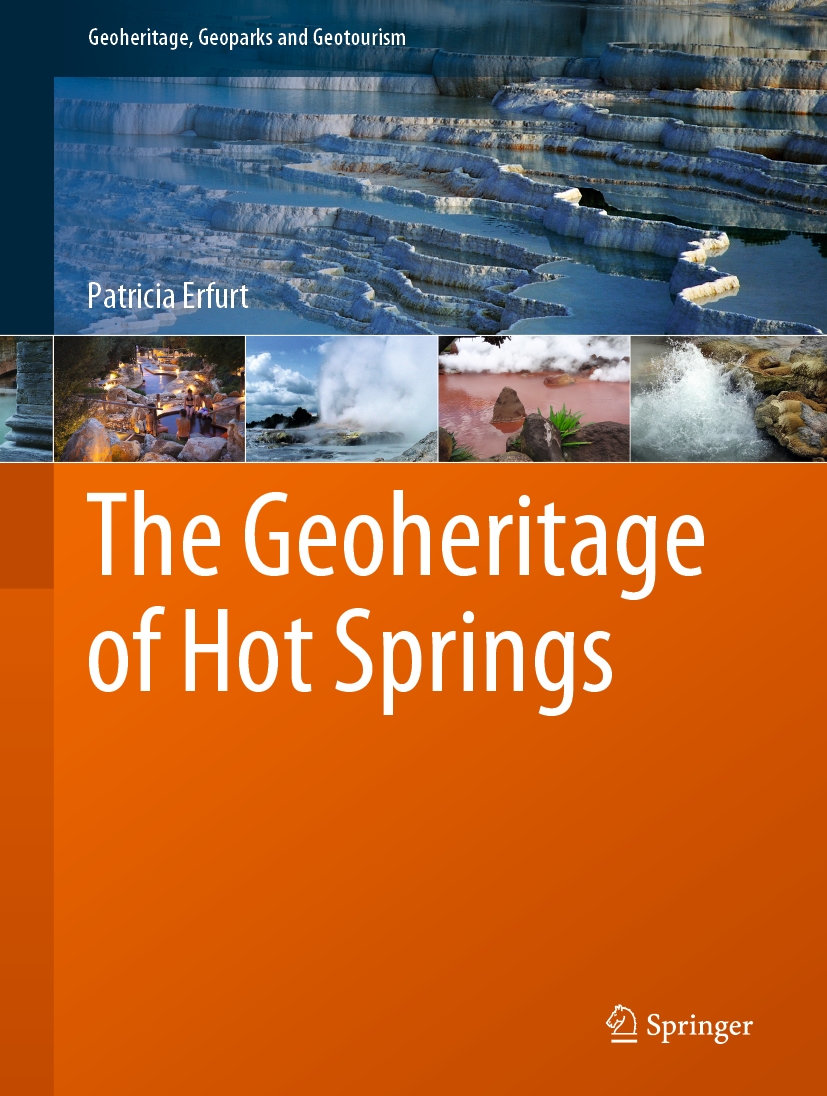
Chapter 1. Hot Springs: A General Perspective
Chapter 2. The Geology of Hot Springs
Chapter 3. The Geochemistry of Hot Springs
Chapter 4. The Conservation of Hot Springs
Chapter 5. Hot Springs Throughout History
Chapter 6. Hot Springs and their Cultural Heritage
Chapter 7. Hot Springs and their Natural Heritage
Chapter 8. Hot Springs, Health and Wellbeing
Chapter 9. Visitor Expectations and Risk Management at Hot Spring Destinations
Chapter 10. Glossary of Terms related to the Geoheritage of Hot Springs
Chapter 11. Hot Springs – A Final Overview
